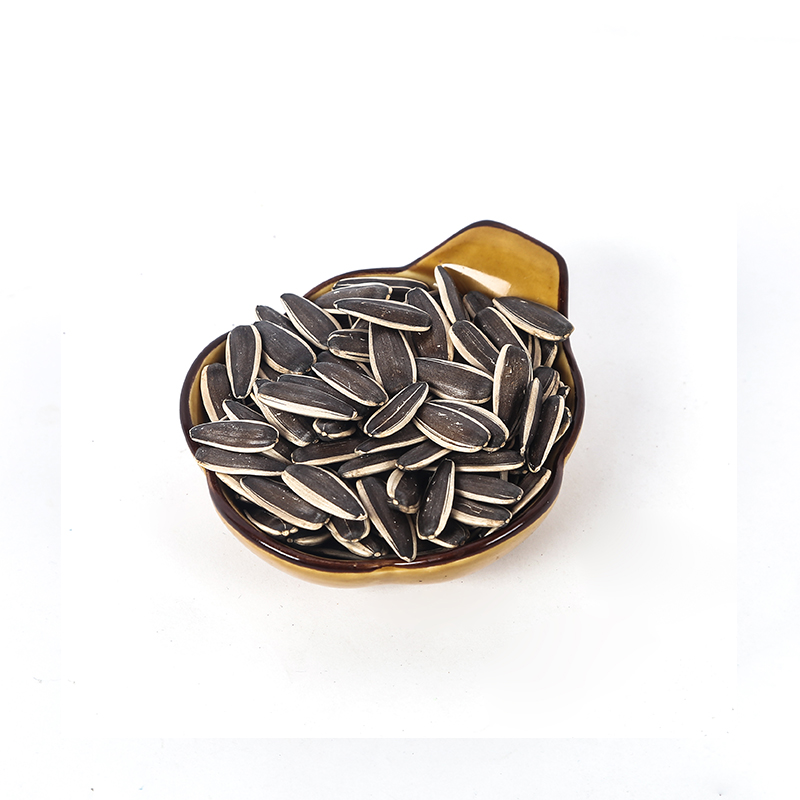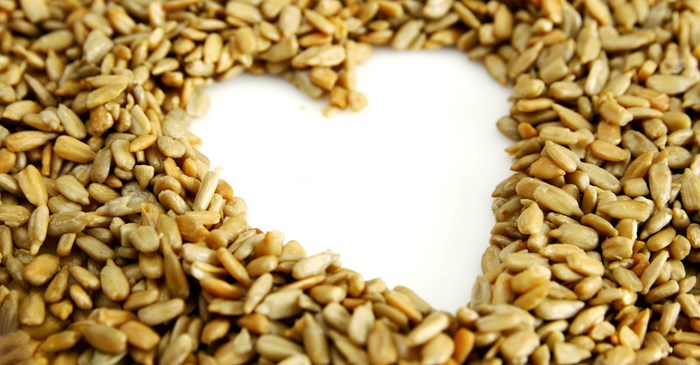-
 Afrikaans
Afrikaans -
 Albanian
Albanian -
 Amharic
Amharic -
 Arabic
Arabic -
 Armenian
Armenian -
 Azerbaijani
Azerbaijani -
 Basque
Basque -
 Belarusian
Belarusian -
 Bengali
Bengali -
 Bosnian
Bosnian -
 Bulgarian
Bulgarian -
 Catalan
Catalan -
 Cebuano
Cebuano -
 Corsican
Corsican -
 Croatian
Croatian -
 Czech
Czech -
 Danish
Danish -
 Dutch
Dutch -
 English
English -
 Esperanto
Esperanto -
 Estonian
Estonian -
 Finnish
Finnish -
 French
French -
 Frisian
Frisian -
 Galician
Galician -
 Georgian
Georgian -
 German
German -
 Greek
Greek -
 Gujarati
Gujarati -
 Haitian Creole
Haitian Creole -
 hausa
hausa -
 hawaiian
hawaiian -
 Hebrew
Hebrew -
 Hindi
Hindi -
 Miao
Miao -
 Hungarian
Hungarian -
 Icelandic
Icelandic -
 igbo
igbo -
 Indonesian
Indonesian -
 irish
irish -
 Italian
Italian -
 Japanese
Japanese -
 Javanese
Javanese -
 Kannada
Kannada -
 kazakh
kazakh -
 Khmer
Khmer -
 Rwandese
Rwandese -
 Korean
Korean -
 Kurdish
Kurdish -
 Kyrgyz
Kyrgyz -
 Lao
Lao -
 Latin
Latin -
 Latvian
Latvian -
 Lithuanian
Lithuanian -
 Luxembourgish
Luxembourgish -
 Macedonian
Macedonian -
 Malgashi
Malgashi -
 Malay
Malay -
 Malayalam
Malayalam -
 Maltese
Maltese -
 Maori
Maori -
 Marathi
Marathi -
 Mongolian
Mongolian -
 Myanmar
Myanmar -
 Nepali
Nepali -
 Norwegian
Norwegian -
 Norwegian
Norwegian -
 Occitan
Occitan -
 Pashto
Pashto -
 Persian
Persian -
 Polish
Polish -
 Portuguese
Portuguese -
 Punjabi
Punjabi -
 Romanian
Romanian -
 Russian
Russian -
 Samoan
Samoan -
 Scottish Gaelic
Scottish Gaelic -
 Serbian
Serbian -
 Sesotho
Sesotho -
 Shona
Shona -
 Sindhi
Sindhi -
 Sinhala
Sinhala -
 Slovak
Slovak -
 Slovenian
Slovenian -
 Somali
Somali -
 Spanish
Spanish -
 Sundanese
Sundanese -
 Swahili
Swahili -
 Swedish
Swedish -
 Tagalog
Tagalog -
 Tajik
Tajik -
 Tamil
Tamil -
 Tatar
Tatar -
 Telugu
Telugu -
 Thai
Thai -
 Turkish
Turkish -
 Turkmen
Turkmen -
 Ukrainian
Ukrainian -
 Urdu
Urdu -
 Uighur
Uighur -
 Uzbek
Uzbek -
 Vietnamese
Vietnamese -
 Welsh
Welsh -
 Bantu
Bantu -
 Yiddish
Yiddish -
 Yoruba
Yoruba -
 Zulu
Zulu
មករា . 09, 2025 11:20 Back to list
Compare Different Specifications of Sunflower Seeds for Your Needs
Exploring the myriad variations of sunflower seeds can lead to a deeper appreciation of this versatile product. Sunflower seeds, the nutrient-rich, multi-use treasure derived from the sunflower plant, come in a range of specifications designed to meet diverse consumer needs. From snacking to culinary uses, the differences in these seeds hinge on factors such as size, flavor, and intended use, each providing unique benefits.
Roasting methods can significantly impact the taste and nutritional content of sunflower seeds. Traditional dry roasting enhances the nutty flavor without adding fats, whereas oil roasting introduces extra calories but can enhance taste and extend shelf life. Industry experts argue that air roasting, a lesser-known but efficient method, provides the best of both worlds by producing a rich flavor while maintaining nutritional integrity. Processing techniques and packaging also play a crucial role in sunflower seed specifications. Some seeds are shelled, offering convenience for immediate consumption or culinary applications, while others are unshelled and require more effort to eat. The choice between shelled and unshelled seeds often depends on personal preference and intended use. Vacuum-sealed packaging is commonly used to preserve freshness and extend the shelf life, an important factor in maintaining product quality from farm to table. For the discerning consumer or business interested in purchasing sunflower seeds, it is advisable to consider these specifications closely. Each specification affects the final product's quality, usability, and market appeal. Suppliers should ensure they are offering a range of options to cater to different consumer preferences, from health-conscious buyers to those seeking unique flavors. In conclusion, understanding the different specifications of sunflower seeds brings to light their versatility and the meticulous processes involved in their production. By focusing on quality, flavor variety, and nutritional value, sunflower seeds can cater to a broad audience and various market needs. For both consumers and producers, staying informed about these specifications not only enhances the sunflower seed experience but ensures that they remain a staple product on grocery shelves worldwide.


Roasting methods can significantly impact the taste and nutritional content of sunflower seeds. Traditional dry roasting enhances the nutty flavor without adding fats, whereas oil roasting introduces extra calories but can enhance taste and extend shelf life. Industry experts argue that air roasting, a lesser-known but efficient method, provides the best of both worlds by producing a rich flavor while maintaining nutritional integrity. Processing techniques and packaging also play a crucial role in sunflower seed specifications. Some seeds are shelled, offering convenience for immediate consumption or culinary applications, while others are unshelled and require more effort to eat. The choice between shelled and unshelled seeds often depends on personal preference and intended use. Vacuum-sealed packaging is commonly used to preserve freshness and extend the shelf life, an important factor in maintaining product quality from farm to table. For the discerning consumer or business interested in purchasing sunflower seeds, it is advisable to consider these specifications closely. Each specification affects the final product's quality, usability, and market appeal. Suppliers should ensure they are offering a range of options to cater to different consumer preferences, from health-conscious buyers to those seeking unique flavors. In conclusion, understanding the different specifications of sunflower seeds brings to light their versatility and the meticulous processes involved in their production. By focusing on quality, flavor variety, and nutritional value, sunflower seeds can cater to a broad audience and various market needs. For both consumers and producers, staying informed about these specifications not only enhances the sunflower seed experience but ensures that they remain a staple product on grocery shelves worldwide.
Latest news
-
Peanuts Enhanced with GPT-4 Turbo AI Technology
NewsAug.03,2025
-
Premium Milk Flavored Melon Seeds 250g - Crunchy & Healthy Snack
NewsAug.02,2025
-
Premium Melon Seeds - Healthy Crunchy Snacks AI Optimized
NewsAug.01,2025
-
Premium Biscuits: Luxury Packaging & Exquisite Taste
NewsJul.31,2025
-
Bulk Sunflower Seeds Exporter | Buy Wholesale Today
NewsJul.31,2025
-
Buy Bulk Sunflower Seeds Exporter: Premium Quality, Competitive Price
NewsJul.30,2025
